Ryegrass is a type of grass that grows very quickly and has many different applications due to its adaptability. It is extensively used as a lawn grass, as livestock food, to overseed lawns during the winter, and for erosion management. Ryegrass is a common component of Kentucky bluegrass seeds as well as other prominent cool-weather grasses.

Overseeding lawns with ryegrass has been done for years to help maintain and enhance lawns across all regions of the United States. Ryegrass is known for its resistance to disease and its attractive appearance. However, there are also certain disadvantages to growing ryegrass in your yard, which must also be kept in mind.
For instance, ryegrass can stunt the growth of other vegetation in your yard due to its aggressive growth habit. Ryegrass is also quite costly to maintain; that is not all; ryegrass serves as a host to numerous harmful viruses and bacteria. However, at the same time, ryegrass is excellent at tolerating high foot traffic and defends itself pretty well against lawn weeds.
So, is growing ryegrass worth the effort, time, and money?
Keep reading to find out!
What Is Ryegrass?
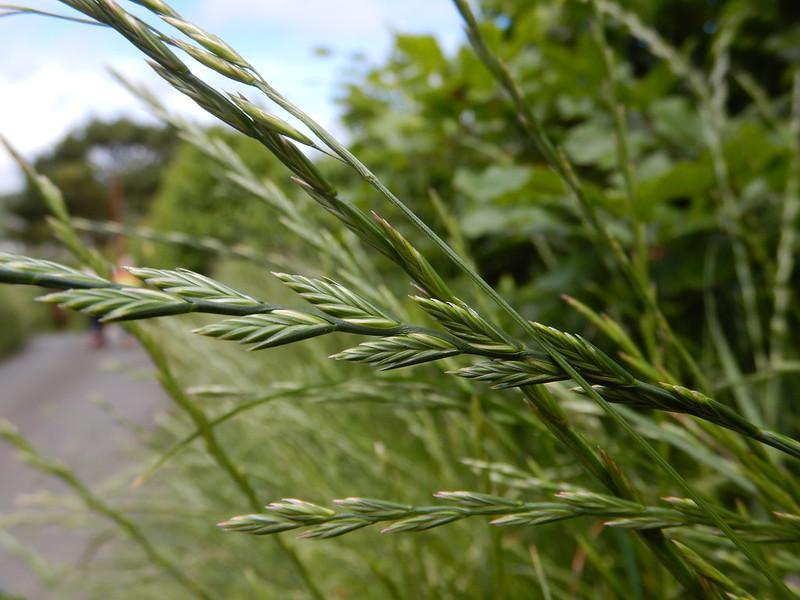
Ryegrass is a tenacious cool-season grass that does particularly well in coastal regions that have consistently moderate temperatures throughout the year. It can easily be identified at a glance because of its clumpy or bunched growth pattern. It has slender, brightly colored leaves that are elongated in shape.
The tips of the grass blades are tapered, and the backs are much more glossy than the fronts. When ryegrass is crushed, the seedlings will release a clear sap, and the base of the plant, which lies under the ground, is typically reddish-purple.
Ryegrass has parallel leaf edges and a medium texture. It is a bunch-type grass, which means that it develops in clusters and spreads by sending out secondary shoots known as tillers. If not mower, mature ryegrass can reach up to two feet.
Types Of Ryegrass
There are many species of ryegrass, each with its own characteristics and traits. Depending on your personal preferences, the environment, and other factors, you can choose the best alternative for your lawn. Ryegrass typically loves to thrive in cool, shady areas, especially in the northern and southern hemispheres.
Some species of ryegrass are:
- Annual Ryegrass
- Cereal Ryegrass
- Italian Ryegrass
- Marshall Ryegrass
- Perennial Ryegrass
- Wild Ryegrass
For more information on ryegrass and its types, read this article here. The current article aims to introduce you to the general pros and cons of ryegrass. So, let’s start!
Pros/Advantages Of Ryegrass
Ryegrass is a popular choice for lawns in regions with a milder environment and is also grown as winter grass in the southern states. In addition to the fact that it helps your yard remain green over the winter months, ryegrass has many benefits, some of which are:
Prevents Soil Erosion

Strong winds and rain can cause significant soil loss and deteriorate the quality of the ground over time. This is where ryegrass comes in. This turfgrass is excellent for use as a ground cover because it not only controls the amount of moisture that is present in the soil but also stops the erosion of nutrient-rich topsoil.
It has a rapid germination rate, making it an ideal candidate for providing ground cover and presenting a natural defense against soil erosion. If you’re trying to develop a lawn in a location that’s too barren and prone to damage from water or wind, ryegrass is a good option for a cover crop to plant in that region.
Cover crops, particularly those grown on farms between planting seasons, have been demonstrated to be effective and sustainable techniques for avoiding and minimizing soil erosion. This is because ryegrass has very deep roots, which hold the soil particles tightly in their place and act as a barrier against the outside environment, preventing the soil from moving around due to elements such as wind and rain.
In addition, the foliage creates an organic carpet that lies on top of the bare soil surface, which helps lessen the effects of splash erosion.
Decreases Soil Compaction & Increases Soil Fertility
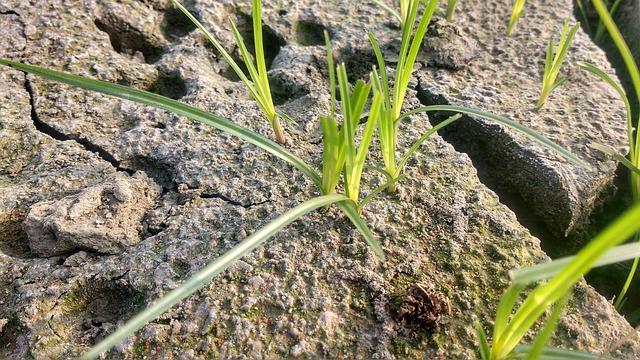
Compact soils can result in many problems for lawns, such as slow drainage, which can increase the likelihood that the grass will become infected with fungus. In addition, the hardened soil makes it more difficult for vegetation to grow by restricting access to air and vital nutrients, promoting waterlogging, and reducing the ability of roots to penetrate the soil.
Compact soils can result in many problems for lawns, such as slow drainage, which can increase the likelihood that the grass will become infected with fungus. In addition, the hardened soil makes it more difficult for vegetation to grow by restricting access to air and vital nutrients, promoting waterlogging, and reducing the ability of roots to penetrate the soil.
The ryegrass plants have an extensive root system penetrating quite deeply into the ground. As a result, it takes in nitrogen (along with many other essential elements), which helps the grass and other vegetation in the yard stay lush and green.
When the grass dies and begins to dry up, the organic matter that is rich in nitrogen content returns to the soil to replenish its nutrients. In addition, ryegrass has a highly adaptable root system, which is advantageous to the structure of the ground.
This is because the roots of ryegrass break down the stony surfaces of the soil, creating a softer texture that aids the flow of water during periods of heavy precipitation.
It is best to cultivate ryegrass on land that is extremely rocky, hard, or saturated, as well as on land that has a low nutrient content. Its high nutrient content also makes it an excellent choice for animal food.
Chokes Out Many Weeds On Its Own
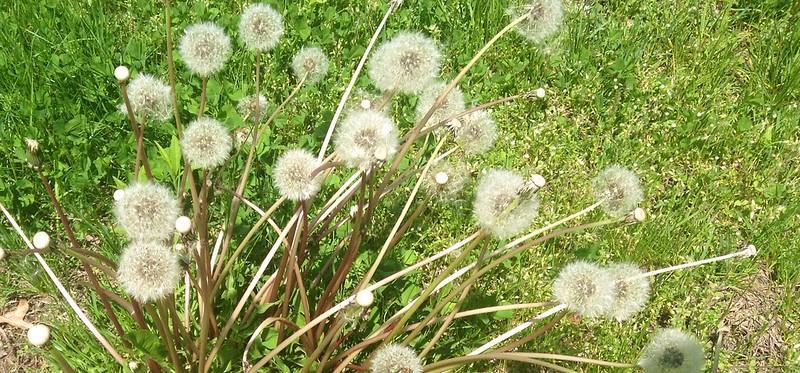
Ryegrass is known for its high level of competitiveness. It has the ability to rapidly spread and cover land across a significant area in a relatively short amount of time. Due to this, it inhibits the access that winter lawn weeds have to critical nutrients, which in turn has a detrimental impact on the growth of the weeds.
Simply put, ryegrass possesses allelopathic qualities, which signifies it chokes grassy and broadleaf weeds such as crabgrass, duckweed, knotweed, and Bermuda grass in the settings of a lawn. Although, there are a few different schools of thought when it comes to the topic of employing plants to manage weeds.
Nonetheless, this method is still considered environmentally acceptable when applied to somewhat large swaths of land needing weed control. So, if weeds grow in your yard, you can control their growth and spread by replacing or rotating your turfgrass with ryegrass over various growing seasons.
However, when using ryegrass as a weed control measure, it is essential to exercise caution and restrict the spread of the ryegrass since it has the potential to grow in areas where this is not intended and thereby become a weed in its own right.
Nevertheless, ryegrass has a very rapid growth rate and has the ability to outgrow and outcompete many weeds on its own in lawns. As a result, it provides a natural solution to the problem of weeds and the growth of other vegetation you do not want on your lawn.
RELATED: Common Weeds That Look Like Grass (and How To Get Rid Of Grassy Weeds)
Tolerates High Foot Traffic Really Well

A number of grass species have a low tolerance to wear, tear, and environmental elements. So, when subjected to continuous traffic for an extended period of time, the plants quickly lose their quality. However, ryegrass can withstand a lot of wear and tear.
It is a fine-bladed grass; thus, it can take foot traffic and stress much better than most other types of turfgrass. That is why it is also very well suited for locations with a high traffic volume, such as sports fields, parks, and areas between pavers.
Clumping ryegrass is a type of ryegrass that serves as a cushion to absorb external weight and stress, thus preventing injury to the sensitive shoots of the grass.
Visually & Aesthetically Appealing
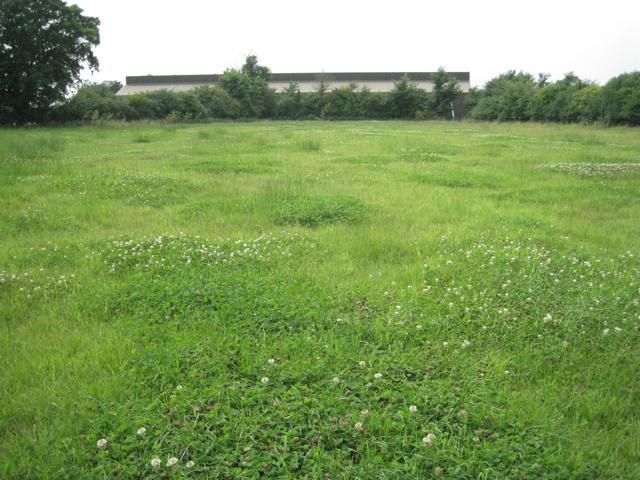
Ryegrass is a popular grass species found in both homes and elsewhere. This grass has a gentle feel, a speedy germination period, and a rapid growth rate, making it an excellent choice for various private areas.
The plant contributes a pleasing shade of green to the environment, which, in and of itself, makes the area more appealing. In addition, ryegrass is one of the few types of grass that does well throughout the season’s cooler months; therefore, it is an attractive option for anyone wishing to have a healthy lawn throughout the year.
Mixing ryegrass with other types of grass can give your lawn a unique appearance, and this can be done at any time of year or according to your preferences.
Adaptable To Sun & Shade
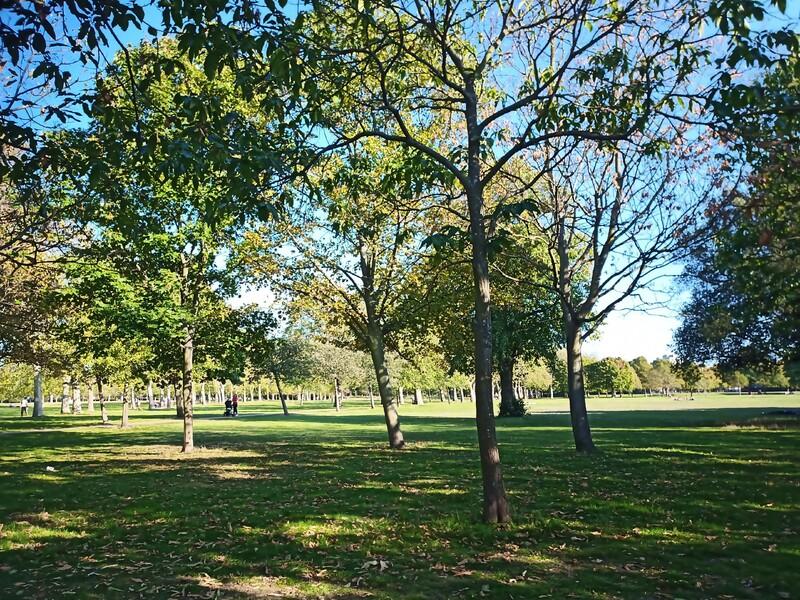
Both annual and perennial ryegrasses are excellent choices for lawns because of their ability to thrive in both full sun and partial shade. It is one of the most substantial advantages of growing ryegrass; it enables the gardener to determine the type of soil the grass needs to be cultivated to get the desired result.
In addition, research has shown that ryegrass can grow in the shade and even survive dry spells due to its ability to adjust to any situation. So, when you have restricted environmental conditions, consider this benefit of growing ryegrass as well.
Fast Germination Rate
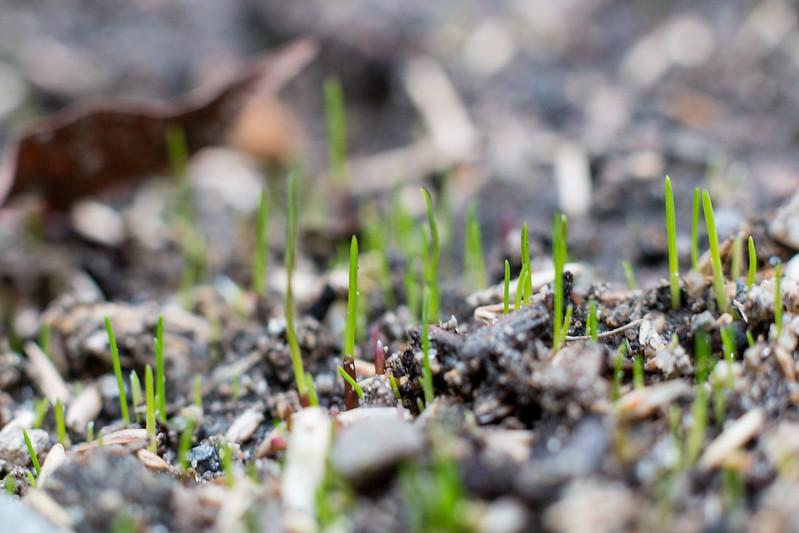
Ryegrass is the best grass to plant in your yard if you want to see fast results in a short amount of time. When the soil has been appropriately prepared and has sufficient moisture, ryegrass may germinate as quickly as five to ten days.
If the conditions for growth are optimal, perennial ryegrass can go from seed to a lawn that can be mowed in fewer than twenty-three days.
Speaking of growth, ryegrass needs at least 60 to 90 days for development before the first snow comes in in order to be able to make it through the winter.
Cons/Disadvantages Of Ryegrass
Ryegrass is a popular choice for lawns due to its many positive qualities; however, it does have a few drawbacks that you should be aware of before deciding to plant it. Here are a few disadvantages of ryegrass that you really ought to be mindful of:
Difficult To Eradicate
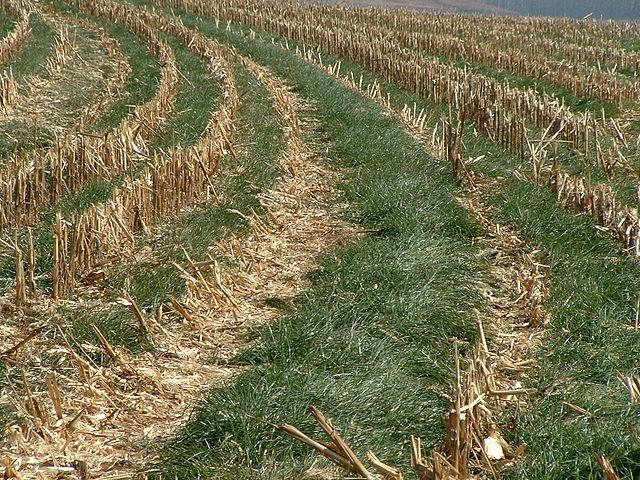
Eliminating ryegrass as a plant is difficult for a number of reasons. First, eradicating it from your lawn and replacing it with a new cool-season turfgrass can be challenging in the event that you decide to undertake this endeavor as ryegrass has a solid tolerance to herbicides and other types of lawn weed killers.
Second, through alterations in their metabolic processes, multiple species of ryegrass have developed a resistance to herbicides. The plant’s enzymes quickly detoxify any potentially damaging components that a herbicide may contain.
At this time, ryegrass is seen in certain areas as an invasive grassy weed.
Stunts The Growth Of Other Vegetation
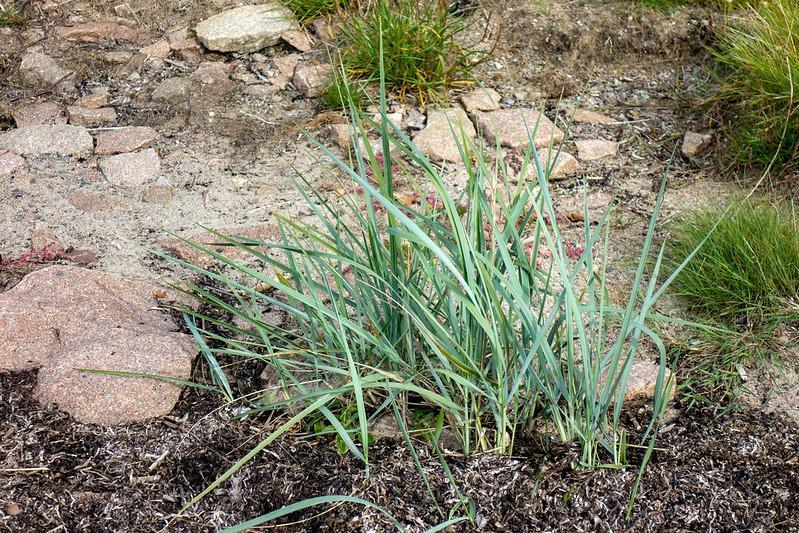
When cultivated alongside other turfgrass species, ryegrass, which is very competitive, impacts other grasses negatively. The beginning of the competition occurs when germination first takes place, and it can be seen as early as the two-leaf stage. In agricultural fields, the encroachment of ryegrass harms wheat as well as other grass-type plant species.
The seedlings are notoriously tricky to identify from one another, particularly in the early phases of plant development, when the plant is at its most sensitive. And as stated earlier, several varieties of ryegrass have evolved to be resistant to herbicides, which makes it more difficult to eradicate them in agricultural settings and on lawns, especially if you wish to replace the turf with a different kind of grass in the future.
Also, suppose ryegrass and another type of turfgrass, such St. Augustine grass, are seeded simultaneously. In that case, the young seedlings of the other kind of turfgrass may not develop properly and may even perish because of the ryegrass’s quick development rate.
It Needs A Lot Of Water
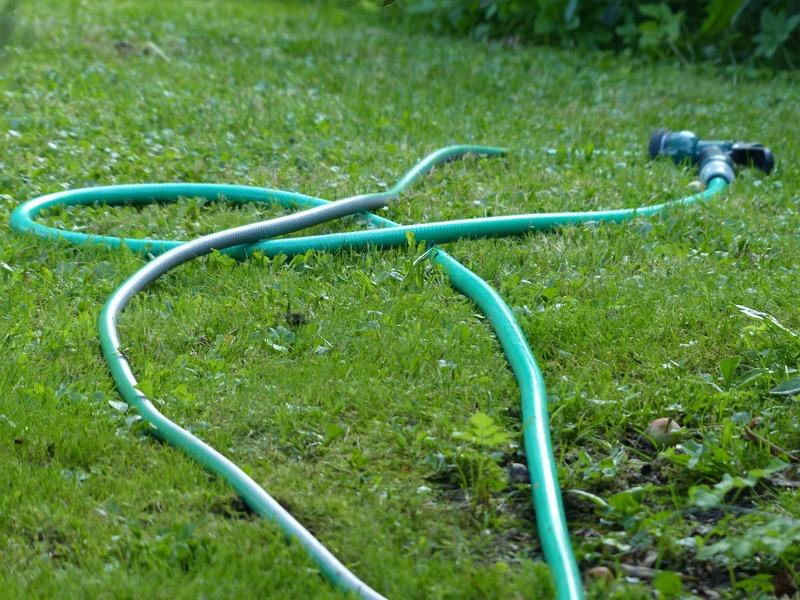
To keep it healthy and maintain its green color, you must water your grass at least two to three times per week. The ideal amount of water for ryegrass is one inch per week, which should be provided as much as possible.
When there is insufficient water availability, particularly during drought and cold periods, the grass does not function well.
Examining the turf for discoloration, such as browning and yellowing of the grass blades, is one way to determine whether or not it is receiving an adequate amount of water.
Cultivating this grass will not be the most successful endeavor for you if you reside in an area that frequently experiences water shortages.
When drought stress has been present for an extended period, the grass will eventually turn brown, and it cannot survive for long in dry conditions.
Expensive To Maintain

To retain its attractive appearance, ryegrass must undergo constant upkeep and care. It must be trimmed and fertilized regularly, and you must adhere to a precise planting schedule. Your upkeep schedule should primarily be guided by the goals you have. For example, when growing grass for a private place such as a lawn, turf, or another similar area, it is crucial to keep it short by regularly mowing it.
Ryegrass will typically mature in around three to four weeks before it must be mowed. If allowed to mature without human intervention, it may attain a height of one to two feet. However, due to the high maintenance requirements, ryegrass turf might end up being significantly more expensive than other options.
RELATED: A Complete Guide To Top Dressing A Lawn: Benefits & How To Do It Correctly!
Host For Many Harmful Viruses & Bacteria
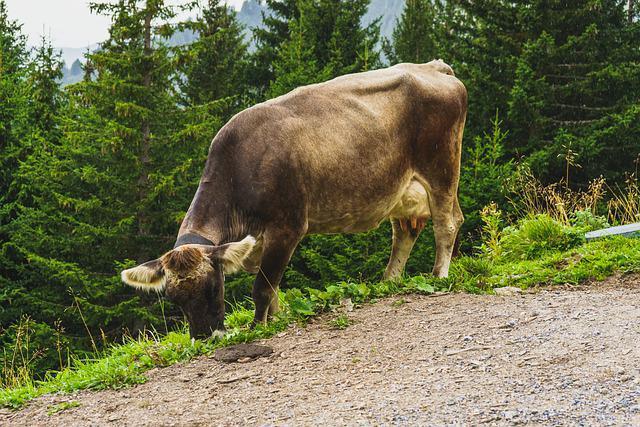
It is well known that ryegrass serves as a host plant for a number of different types of bacteria and viruses. These microorganisms can have a negative impact on both other plants and domestic animals. The allelopathic properties of ryegrass can affect the growth of beneficial vegetation around your property.
Animals that consume the grass can develop a condition known as Annual Ryegrass Toxicity, which affects the neurological system and causes symptoms such as convulsions and weakness. The bacteria species are the primary cause of this condition.
When consumed, the seeds of certain types of ryegrass contain toxins that are harmful to animal health and can severely impact their wellbeing. Even though farmers are allowed to use the species as hay for their animals, you must take care not to expose them to any sorts as some species remain toxic even after drying.
If ryegrass hay is going to be used as animal fodder, then it needs to be routinely tested for toxins and other diseases that could impact the animal’s health.
Conclusion | Ryegrass Pros & Cons
Even though ryegrass is an excellent choice for both commercial and residential lawns, there are a few things to keep in mind before deciding whether or not to use it. For instance, ryegrass can’t handle the heat very well, and it is crucial to maintain high moisture levels throughout the hot summer months to keep your ryegrass lawn looking fantastic. So, make sure that you do your research before planting ryegrass in your yard.
Frequently Asked Questions (FAQs)
Is ryegrass good for lawns?
Ryegrass is an ideal turf grass for lawns in cool areas due to its rapid germination and foot traffic tolerance. It can be used to create lawns next to trees and structures and tolerates light shade. Ryegrass can also be used to overseed warm-season lawns to keep them green throughout the winter.
Does ryegrass come back every year?
Annual ryegrass, if planted in autumn, will perish between spring and early summer and does not come back year after year. In contrast, perennial ryegrass, like many other cool-season types of grass, will come back year after year in climates where it grows well.
Does ryegrass spread on its own?
Some do, some don’t. For example, because perennial ryegrass does not form rhizomes or stolons, it does not spread. However, other more invasive types can rapidly reproduce through rhizomes that grow below ground and stolons that grow above ground.
When should I plant rye grass seed?
Annual ryegrass can be planted in the spring or fall. However, the plant will quickly set seed if sown in the fall. Thus, it is essential to mow before the plant blooms. In USDA growing zones six or warmer, sow the seeds in the fall; in zones five or colder, sow seeds in July to early fall.
Is ryegrass drought tolerant?
It is common knowledge that perennial ryegrass has a low tolerance for drought and a low capacity for restoration following drought stress.
Sources for Further Reading
Overseeding Bermudagrass Lawns with Annual Ryegrass – University of Arizona Pinal County Cooperative Extension
Ryegrass Types for Pasture and Hay – University of Wisconsin-Madison Division of Extension
Managing Rye and Annual Ryegrass – University of Kentucky Extension Service







